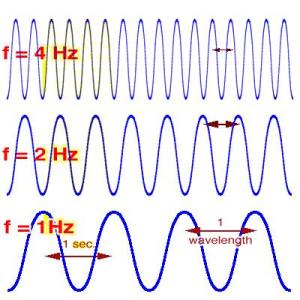DCMX Reminder: “if they are telling us about it in the mainstream media, they’ve had it for 15 years, at least.”
Pentagon-supported physicists on Wednesday said they had devised a “time cloak” that briefly makes an event undetectable.
The laboratory device manipulates the flow of light in such a way that for the merest fraction of a second an event cannot be seen, according to a paper published in the science journal Nature.
It adds to experimental work in creating next-generation camouflage – a so-called invisibility cloak in which specific colours cannot be perceived by the human eye.
“Our results represent a significant step towards obtaining a complete spatio-temporal cloaking device,” says the study, headed by Moti Fridman of Cornell University in New York.
The breakthrough exploits the fact that frequencies of light move at fractionally different speeds.
The so-called temporal cloak starts with a beam of green light that is passed down a fibre-optic cable.
The beam goes through a two-way lens that splits it into two frequencies – blueish light which travels relatively fast, and reddish light, which is slower.
The tiny difference in speed is then accentuated by placing a transparent obstacle in front of the two beams.
Eventually a time gap opens up between the red and blue beams as they travel through the optical fibre. The gap is tiny – just 50 picoseconds, or 50 millionths of a millionth of a second.
But it is just long enough to squeeze in a pulse of laser at a different frequency from the light passing through the system.
The red and blue light are then given the reverse treatment.
They go through another obstacle, which this time speeds up the red and slows down the blue, and come to a reverse lens that reconstitutes them as a single green light.
But the 40-picosecond burst of laser is not part of the flow of photons, and thus cannot be detected.
In a commentary, optical engineers Robert Boyd and Zhimin Shi of New York’s University of Rochester, likened the experiment to a level crossing on a busy road.
When a train comes, the cars are stopped, and this causes a gap in the traffic.
When the train has passed, the stopped cars speed up until they catch up with the traffic in front of them. To the observer, the flow seems quite normal, and there is no evidence that a train has crossed the intersection.

